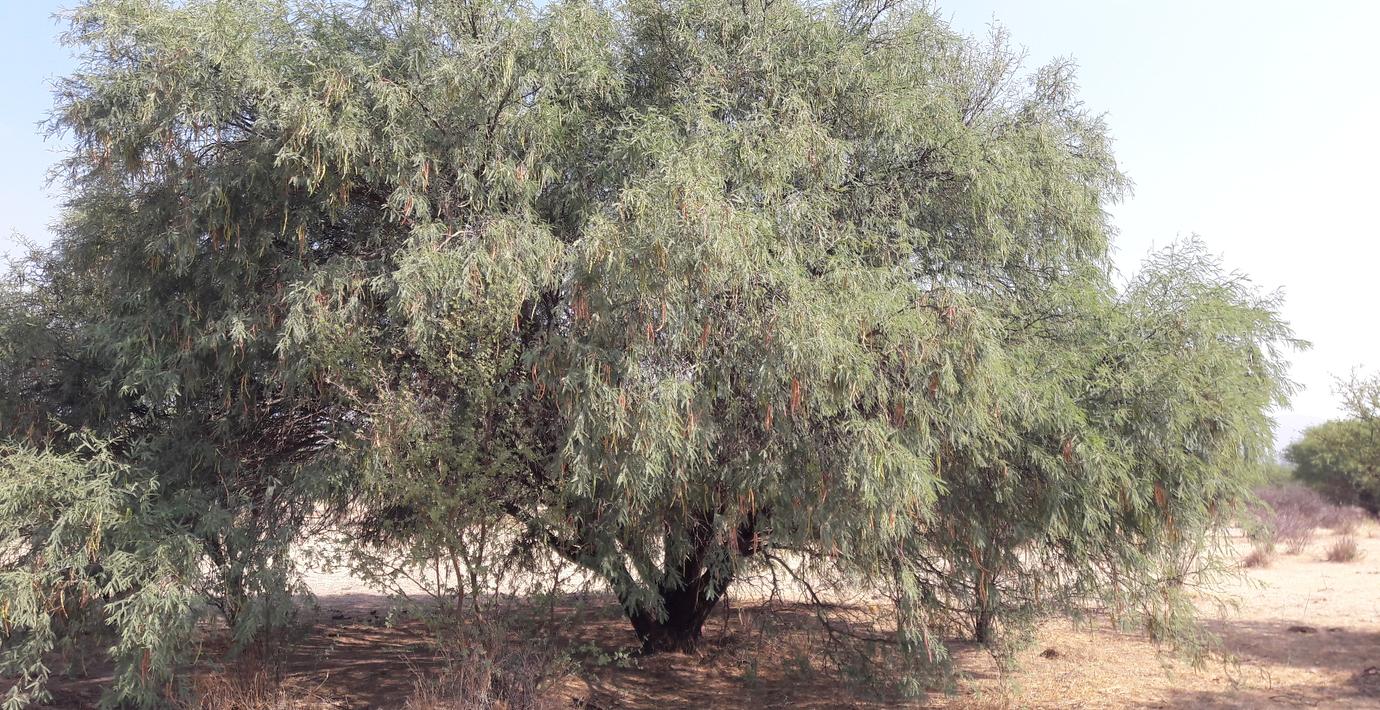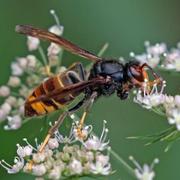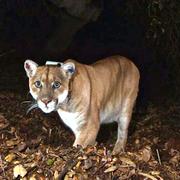
Invasivt träd hotar stora delar av Kenya
Det sydamerikanska trädet skulle förhindra ökenspridning och markerosion i Kenya. I stället blev det en ekologisk katastrof, skriver The Guardian.
Det handlar om trädet Mathenge som introducerades i Kenya 1948. Både regeringen och FN-organ uppmuntrade planteringen, men det hela har utvecklats till en mardröm då trädet är en av världens mest invasiva arter och av den anledningen ibland kallas ”Djävulsträdet”.
Genom decennierna har trädet spridit sig över Kenya och nära två tredjedelar av landet hotas av trädets utbredning.
– Spridningen går så snabbt att hela samhällen har tvingats flytta, skolor har stängts och till och med flodflöden har rubbats, säger Davis Ikiror på Veterinärer utan gränser.
bakgrund
Mathenge
Wikipedia (en)
Mesquite is a common name for some plants in the genera Neltuma and Strombocarpa, which contain over 50 species of spiny, deep-rooted leguminous shrubs and small trees. They are native to dry areas in the Americas. Until 2022, these genera were traditionally included in a broad view of the genus Prosopis, but that genus is now restricted to a few species native to the Old World.
Mesquites have extremely long roots to seek water from very far under ground. As they are legumes, mesquites are one of the few sources of fixed nitrogen in the desert habitat. The trees bloom from spring to summer. They often produce fruits known as "pods". Mesquites are able to grow up to 8 metres (26 ft) tall, depending on site and climate. They are deciduous and depending on location and rainfall have either deep or shallow roots. Mesquites are considered long-lived because of the low mortality rate after the dicotyledonous stage and juveniles are also able to survive in conditions with low light and drought. The Cahuilla indigenous people of western North America were known to eat the seeds of mesquite.
Omni är politiskt obundna och oberoende. Vi strävar efter att ge fler perspektiv på nyheterna. Har du frågor eller synpunkter kring vår rapportering? Kontakta redaktionen



